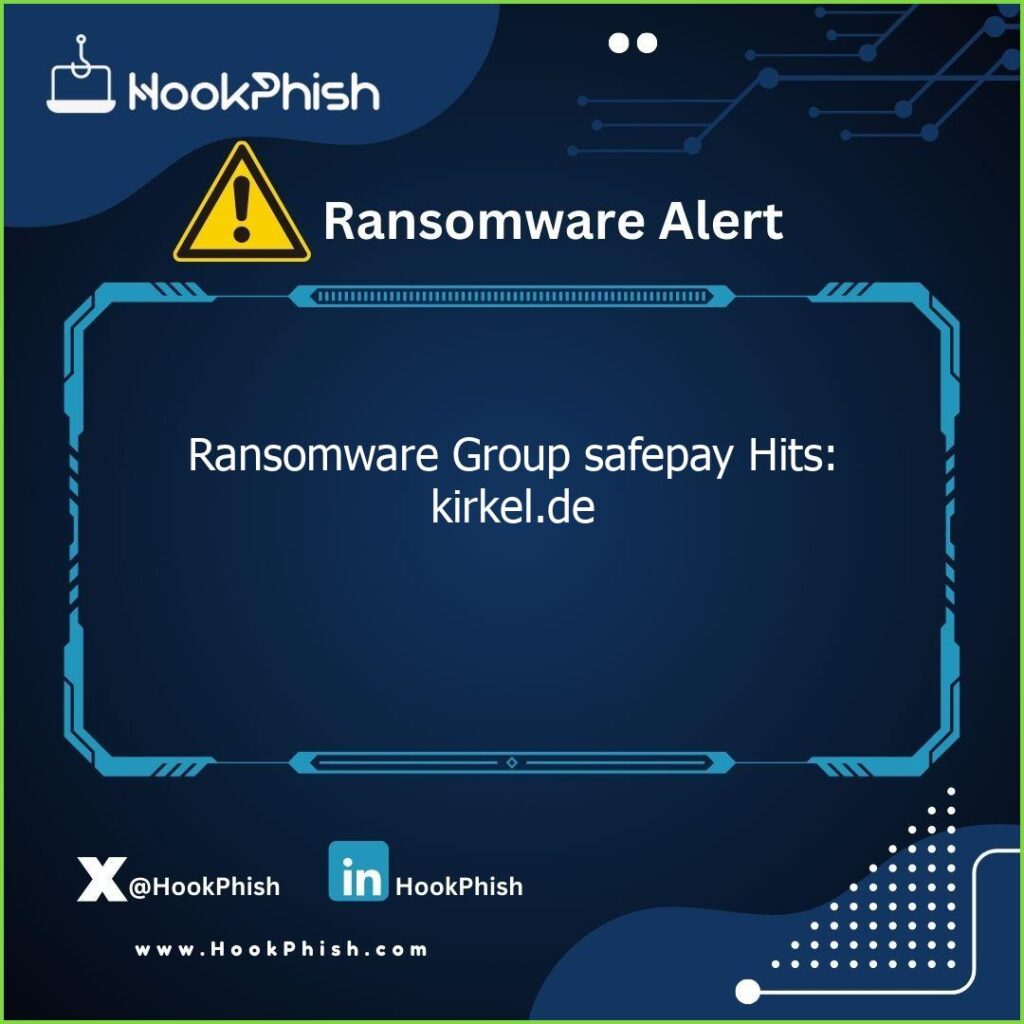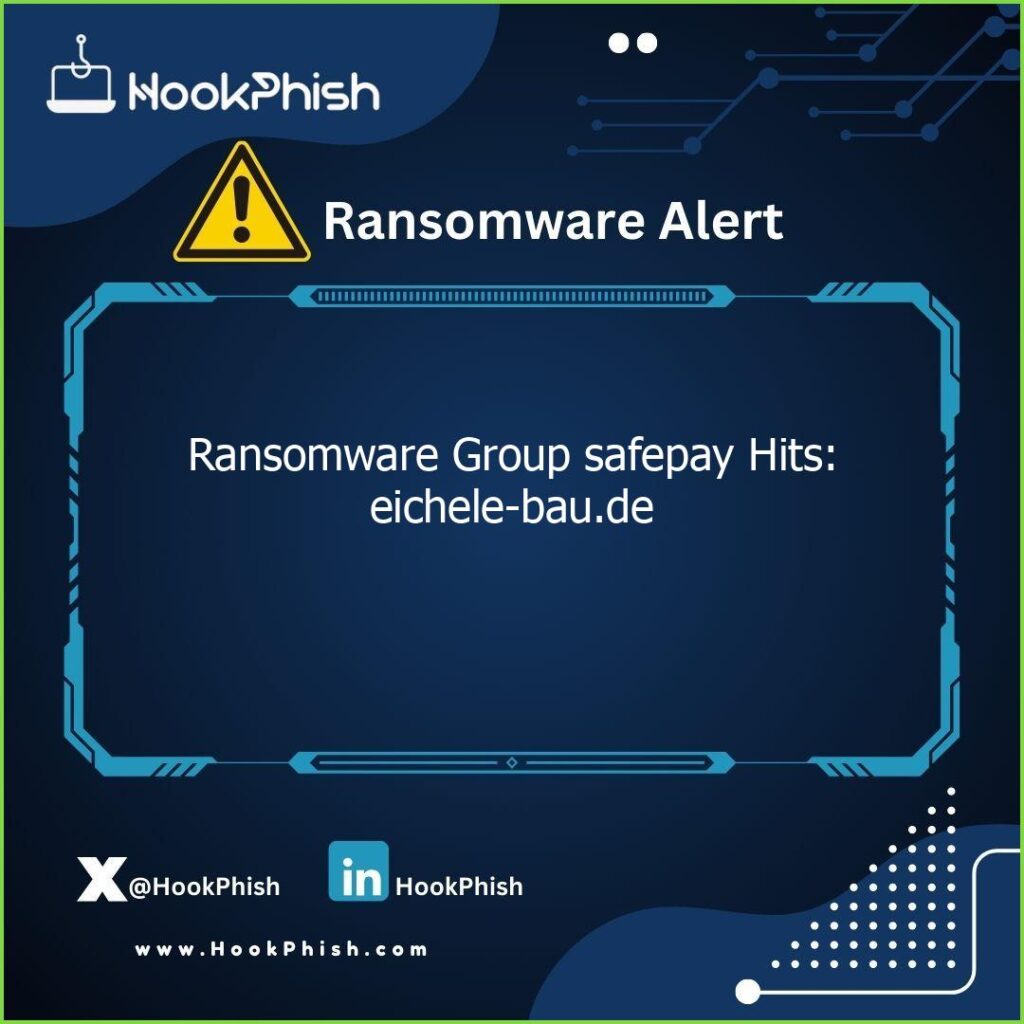In an era defined by digital communication and marketing, every company, website, or blog must build its bulwark against cyber attacks and the ever-evolving methods of hacking and threats. From personal privacy to business operations and national security, cybersecurity awareness is crucial. Technologies rapidly evolve daily, and so do the tactics used by cybercriminals to breach your digital privacy. Cybersecurity covers your software vulnerabilities and protects you from financial thefts, data exploitation, and service disruptions by noisy phishers.
Interested to know more? Here is a comprehensive guide to cybersecurity, cybersecurity awareness, and how to safeguard your priceless digital assets. We will explore the fundamentals of cybersecurity, the most common tricks by hackers, best practices for individuals and establishments, technological innovations in cybersecurity, handling regulatory and legal threats, and future directions in cybersecurity.
By the time you finish this article, you will have a much better understanding of cybersecurity and how to pursue it methodologically and effectively. This can equip you with the essential knowledge to mitigate risks and malware and put your company’s digital security back on track. Let’s get started, shall we?
The Importance of Cybersecurity Awareness
As our lives become more digital, a significant portion of our personal, business, and logistic information is at stake. Without the proper security system, it is only a matter of time before malware developers can access your data. Cybersecurity provides the maximum protection required to safeguard your info, including programs, protecting systems, and strategies to prevent accessing, manipulating, or destroying sensitive data, extortion attempts, or interrupting vital business processes, which is important for every company. But what can happen if these things have already transpired?
Consequences of Cyber Attacks
From the mild to the more serious, here are the expected negative impacts of cyber attacks:
- Data Breaches: This includes personal data, client names, company strategies, and sensitive information like intellectual property.
- Operational Disruption: Malware like ransomware can easily halt business operations, leading to significant financial losses.
- Financial Loss: Cyber attacks can cause financial hemorrhage, including fraud, theft, and the cost of subsequent repairs.
- Intellectual Property Theft: Cyber attacks can result in the theft of intellectual property, including proprietary information, trade secrets, and research data, undermining competitive advantage and innovation.
- Regulatory and Legal Litigations: Companies and organizations may face legal liabilities, fines, suits, and sanctions if they fail to protect customer data according to data protection laws, such as GDPR, HIPAA, or CCPA.
- Reputational Damage: Losing the trust or credibility of your company has a long-term impact that you can hardly recover from in business.
Common Cyber Threats
To seek defense, you should identify the possible threats and be prepared for them. Understanding the common cyber attacks is the first step in cybersecurity awareness and developing solid defenses. So, let me elaborate on a few:
- Phishing: Phishing is a recent trend in hacking that appears legitimate and feasible for most users. Hackers send fake emails or logistic confirmations that seem to be from your company, the government, or your university, asking you to change your password, confirm your ID, or perform other actions to hack into your email or laptop. Statistics show that phishing is becoming more popular among companies and enterprises, with millions lost due to information breaches. Want to know how to train your employees to detect phishing miles away? Join our simulated phishing intensive program now!
- Malware Programs: Includes malicious software that aims to hack, harm, or exploit your system. Malware has different forms evolving rapidly to defeat different types of advanced malware protection. It can be a virus, worm, ransomware, spyware, or others. Each type has its mechanism, effect, and damage spectrum, but all intend to tamper with and compromise your security system.
- Social Engineering Attacks: Attackers perform psychological manipulation, exploiting people’s emotions and expected behaviors, directing them to take actions in their best interest. Hackers impersonate trustworthy companies acting like third parties to steal your personal information.
- Advanced Persistent Threats (APTs): A long-term plan to hack into your system or spy on your company, dedicated to competitors or skilled adversaries. This type of operation is methodological, patient, and well-funded and may take years to pay off.
- Distributed Denial of Service (DDoS) Attacks: DDoS attacks swamp your system, servers, or networks with internet traffic and redundant messages, crippling your system and making it unavailable to users.
Cybersecurity Principles and Concepts
Understanding fundamental cybersecurity principles is crucial for building a robust defense strategy.
Confidentiality, Integrity, and Availability (CIA Triad)
- Confidentiality: Ensures that sensitive and secretive information is only accessible to those authorized and qualified to deal with it.
- Integrity: Ensures your data information is complete, accurate, and not altered by an intruder.
- Availability: Ensures that your resources and information are always available to the users when needed.
Authentication and Authorization
- Authentication: Verification of the user’s identity.
- Authorization: Determines what information and resources users can access.
Encryption
Coding is a way to convert data into a ciphered format to prevent unauthorized access. It protects data during both transmission using the internet and at rest (e.g., while stored in devices).
Incident Response
Incident response is the process of identifying, containing, and handling a possible cyber threat. A well-defined incident response plan is essential for quick and efficient cyber recovery.
Stay ahead of threats with real-time monitoring and alerts using our Data Breach Monitor!
Best Practices for Individuals
Personal information is the first opening hackers usually try to exploit. Individuals’ way of dealing with digital information is crucial for cybersecurity. Performing the best personal data practices can significantly diminish the risk of cyberattacks.
Here are some simple approaches you can use to raise your level of cybersecurity:
- Strong Passwords: Always create complex passwords using a mix of numbers, letters, and other symbols (e.g., @, #, $, %, !…). Change them regularly to protect your data from unauthorized access. You can use password managers to create strong passwords.
- Multi-Factor Authentication (MFA): An extra layer of protection asking for additional verification steps beyond just a password, like a code sent to your email or mobile number.
- Safe Browsing: Look for HTTPS and the padlock icon in the website’s link address. Avoid clicking suspicious links or downloading files from unknown sources to prevent phishing and malware attempts.
- Regular Software Updates: Keeping your operating system and software up-to-date will help face the latest cyber attacks with fewer vulnerabilities.
- Data Backup: Regularly keeping backups ensures that your important and sensitive data can always be restored in the event of a cyber attack or technical problems.
Best Practices for Organizations
Organizations and private establishments are constant targets for intruders and noisy hackers. Digital systems should implement comprehensive strategies to protect themselves and their clients from possible threats. This can be achieved using several procedures and protocols, including:
- Employee Training and Awareness: The entire company should be on the same level of cybersecurity and ability to recognize possible threats. Employee training on how to respond to cyber attacks like phishing emails, social engineering scams, and typosquatting detection is crucial to prevent security breaches. our Typosquatting Detection keep your employees well-informed about possible URL hijacking attempts.
- Access Controls: Implement role-based access control (RBAC) to ensure employees have access only to the information they need. The principle of least privilege (PoLP) restricts access to unauthorized information.
- Network Security: Protect against external and internal threats using firewalls, secure networks, intrusion detection systems (IDS), and other malware protection programs. Segmenting networks in the company system is also a good strategy to limit the spread of malware and restrict access to sensitive information.
- Incident Response Plans: Like a fire drill at the office, teach employees how to deal with a possible attack and respond quickly and effectively. This plan has four stages: identifying the incident, containing the problem, eradicating the threat, and maintaining system recovery.
For more information, check our quick FAQ regarding the best HookPhish employees training from here.
- Regular Security Audits: Regular security audits identify vulnerabilities and weaknesses in a digital security system and are used as a proactive approach to diminish the possibility of a successful attack.
For further information on the best and latest practices for cybersecurity, look up the best cybersecurity policies advised by the CISA (America’s Cyber Defense Agency).
The Role of Technology in Cybersecurity
Technology updates and recent trends affect day-to-day cybersecurity threats and defenses.
- Artificial Intelligence (AI) and Machine Learning (ML): AI applications developed by machine learning work best on analyzing enormous amounts of data and identifying patterns that may indicate possible threats. It is a tool used to create an attack or put it down.
- Blockchain: Offers great services for cybersecurity, including a decentralized, tamper-proof ledger. It enhances integrity, authentication, and safe transactions.
- Internet of Things (IoT): A group of physical devices and sensors connected through a central network to help detect possible threats. IoT offers limited security that needs to be supported by authentication and other safety protocols like network segmentation to develop a fully protected digital environment.
- Cloud Security: Often used by companies to secure important and sensitive information in a reasonably protected digital space. To raise the security level, you can use encryption codes, secure access for the cloud, and monitor for any suspicious registration attempts.
Regulatory and Legal Aspects
Compliance with cybersecurity regulations and national protocols is crucial to avoid losing trust or getting sued by stakeholders.
Some key data protection regulations to strictly follow and uphold include the California
Consumer Privacy Act (CCPA), General Data Protection Regulation (GDPR), and Health Insurance Portability and Accountability Act (HIPAA). These regulations dictate how companies and organizations should handle personal data. Following these protocols ensures you collect, process, and store data legally and safely.
Compliance requirements include industry and cybersecurity standards like PCI DSS, a financial standard for legal and compliant protection of sensitive information.
Ignoring these protocols and rules in managing and protecting data makes you an easy target for data breaches and theft, resulting in significant legal and financial consequences. You may face fines, lawsuits, extortion attempts, and reputational damage.
Future Trends in Cybersecurity
Cybersecurity is a constantly evolving field with new threats, software, and protection protocols emerging daily. Staying informed, attentive, and aware of new updates is essential to meet the proper protection level.
Emerging threats include complicated ransomware attempts, AI hacking, and recent deepfake technology that cost people millions daily. On the other hand, innovations and advancements in cybersecurity are growing, offering new and resourceful ways to cover your security needs and protect your firewalls. For instance, quantum encryption and zero-trust architecture are promising new ways of protecting your systems and enforcing strict access controls.
Companies need professional cybersecurity managers who can handle fast changes effectively, opening job opportunities and promising careers in fields like ethical hacking, threat intelligence, and security management. Investing in cybersecurity education and training is a good investment for your time and money, especially with us at HookPhish.
Don’t miss our HookPhish Awareness Training for Employees!
Eventually, creating a safe and secure digital environment for your users is critical for your company’s success. In other words, cybersecurity is the face of your company’s reputation and customer’s trust. Understanding common threats, staying vigilant to possible attacks, and being prepared to handle them with proactive measures is what we aim to help you do here at HookPhish. Embracing an excellent cybersecurity system is paramount in today’s interconnected world.



